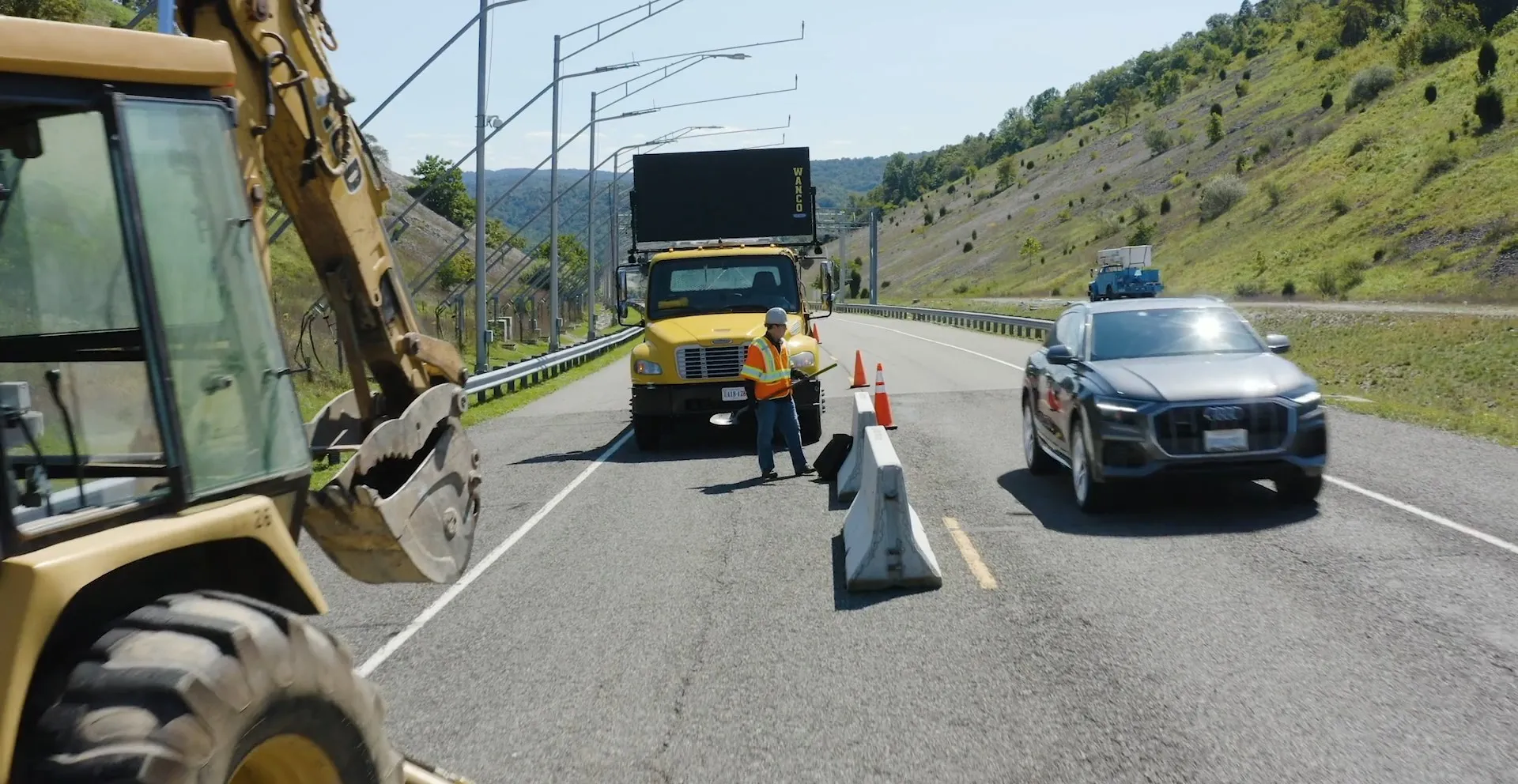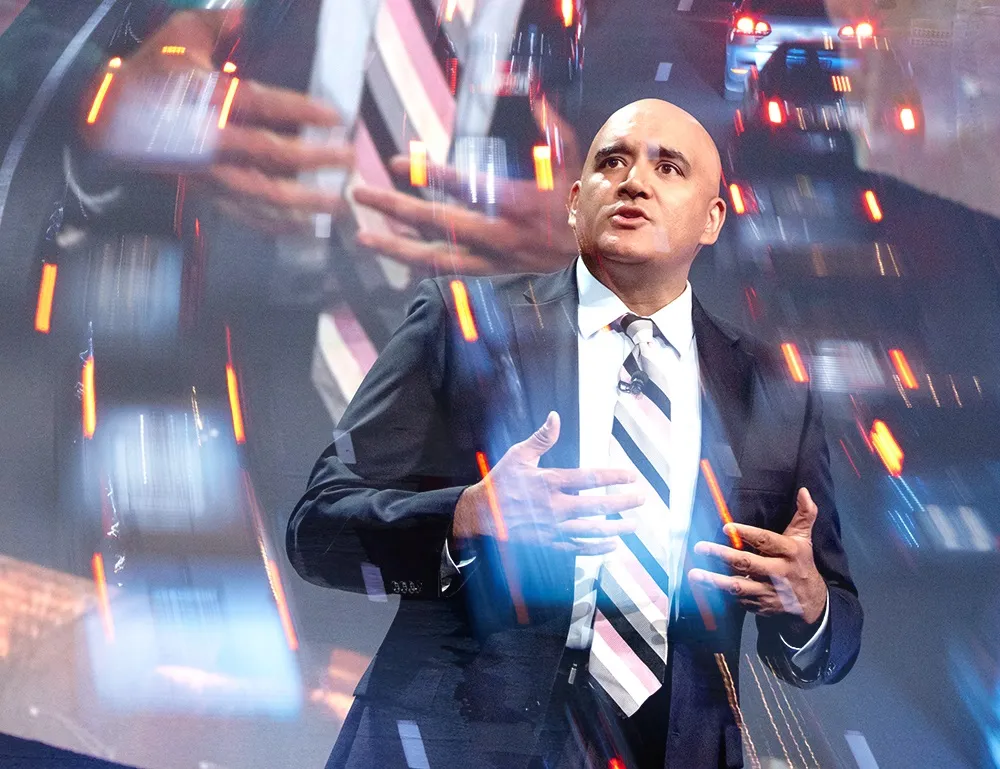The report will include analysis of the Department's research findings in several key areas including technical feasibility, privacy and security, and preliminary estimates on costs and safety benefits, while the ANPRM seeks public input on these findings to support the Department’s regulatory work to eventually require V2V devices in new light vehicles.
"Safety is our top priority, and V2V technology represents the next great advance in saving lives," said US transportation secretary Anthony Foxx. "This technology could move us from helping people survive crashes to helping them avoid crashes altogether – saving lives, saving money and even saving fuel thanks to the widespread benefits it offers."
The report includes preliminary estimates of safety benefits that show two safety applications, left turn assist (LTA) and intersection movement assist (IMA), could prevent up to 592,000 crashes and save 1,083 lives saved per year, by providing advance warning. LTA warns drivers not to turn left in front of another vehicle travelling in the opposite direction and IMA warns them if it is not safe to enter an intersection due to a high probability of colliding with one or more vehicles. Additional applications could also help drivers avoid imminent danger through forward collision, blind spot, do not pass, and stop light/stop sign warnings.
The accompanying ANPRM will help DOT and NHTSA gather significant input from the public and stakeholders as NHTSA works to deliver a Notice of Proposed Rulemaking by 2016.
"By warning drivers of imminent danger, V2V technology has the potential to dramatically improve highway safety," said NHTSA deputy administrator David Friedman. "V2V technology is ready to move toward implementation and this report highlights the work NHTSA and DOT are doing to bring this technology and its great safety benefits into the nation’s light vehicle fleet."
ITS America president and CEO Scott Belcher responded to the announcement, saying “We applaud the US Department of Transportation for taking this significant step to dramatically reduce the number of lives lost in traffic and pedestrian crashes. Today’s report and advanced rulemaking announcement reinforces the real-world safety benefits reported by our members in the automotive and tech communities, that vehicle-to-vehicle communications technology represents the next giant leap in automotive and pedestrian safety.”
“While we are at the cusp of deploying this life-saving technology, the biggest obstacle we face is the continued pressure on Congress and federal regulators to open up or reallocate the 5.9 GHz band of spectrum, which was set aside by the
John Bozzella, Global Automakers president and CEO says the association shares the NHTSA’s commitment to exploring ways to improve safety on US highways and believes wireless vehicle-to-vehicle (V2V) and vehicle-to-infrastructure (V2I) communications technology has the potential to save thousands of lives.
"NHTSA's kickoff of the rulemaking process for V2V communications demonstrates the country is well on its way to deploying this life saving technology,” he said. "This also means that more than ever we need to preserve the space on the spectrum that these safety systems rely on to operate."
Several major automakers and numerous technology providers have been working with the Department of Transportation researching the potential safety benefits of V2V. These systems rely on wireless technology in the 5.9 GHz frequency band. Currently, the Federal Communications Commission is exploring whether this spectrum can be shared with unlicensed wi-fi devices, a decision that automakers believe should not take place until it can be proven there will be no interference.
"There is no better use of this spectrum than to save lives," said Bozzella. "Communication delays of even thousandths of a single second matter when dealing with auto and highway safety. We look forward to continuing our work with NHTSA and other stakeholders to ensure V2V and V2I technology becomes successful in the marketplace."
ITS America, Global Automakers respond to NHTSA's connected car ANPRM
ITS America and international motor vehicle manufacturers’ representative the Association of Global Automakers (Global Automakers) have responded to the US Department of Transportation's (DOT) National Highway Traffic Safety Administration (NHTSA) advance notice of proposed rulemaking (ANPRM) and a supporting comprehensive research report on vehicle-to-vehicle (V2V) communications technology.
The report will include analysis of the Department's research findings in several key areas including technical
August 19, 2014
Read time: 4 mins









